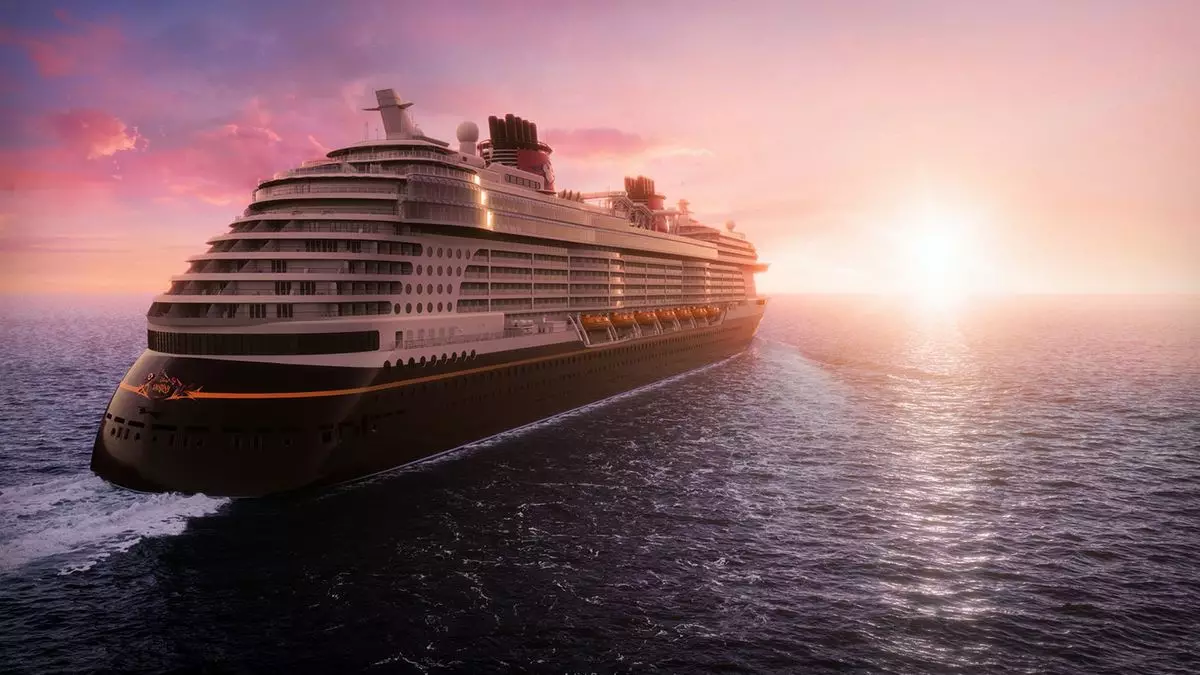The cruise industry has seen a significant resurgence in ship orders this year, with various cruise lines placing orders for new vessels in response to the strong demand following the pandemic. This trend has been fueled by a sense of normalcy returning to the industry, with full sailings and record-breaking revenue being reported by the Big Three cruise lines. Cruise lines are now focused on building capacity and replacing aging tonnage to meet the growing demand for cruise travel.
One noticeable trend in this year’s ship orders is the move towards larger vessels. Cruise lines like Carnival Corp. and Norwegian Cruise Line Holdings are ordering massive ships, some exceeding 200,000 gross tons, to expand their fleets and enhance the onboard experience for passengers. The emphasis is on creating a new class of ships that offer innovative amenities and entertainment options, turning the ship itself into a destination.
Looking ahead, cruise lines are placing orders for ships that are expected to debut in the early to mid-2030s, signaling a long-term investment in the industry. However, this trend of ordering ships far in advance is leading to challenges for competing lines, as shipyards become booked with orders, making it difficult to secure facilities for construction. Despite these challenges, new ships not only generate attention for the cruise lines but also allow for the retirement of older vessels that are more expensive to operate and do not meet current environmental regulations.
Disney Cruise Line recently announced a significant order for four new ships, nearly tripling its fleet size by 2031. This move by Disney reflects a strategic approach to growth and market expansion, as the line seeks to capitalize on the increasing demand for cruise travel. The acquisition of an unfinished ship from liquidators and plans for new ship classes underscore Disney’s commitment to innovation and fleet modernization.
Industry experts like Anthony Hamawy emphasize the importance of cruise lines investing in new ships to remain competitive and meet evolving consumer preferences. As environmental regulations become more stringent, cruise lines must adapt by introducing cleaner-burning vessels that are more efficient and environmentally friendly. The focus is not just on expanding fleet size but also on modernizing the onboard experience to cater to the needs and expectations of today’s cruise passengers.
The surge in cruise ship orders reflects a growing optimism in the industry and a renewed focus on innovation and sustainability. Cruise lines are investing in larger, more advanced ships that offer unique amenities and attractions to attract passengers and differentiate themselves in a competitive market. This trend towards mega cruise ship orders is expected to continue as the industry evolves and adapts to changing consumer preferences and regulatory requirements.


Leave a Reply